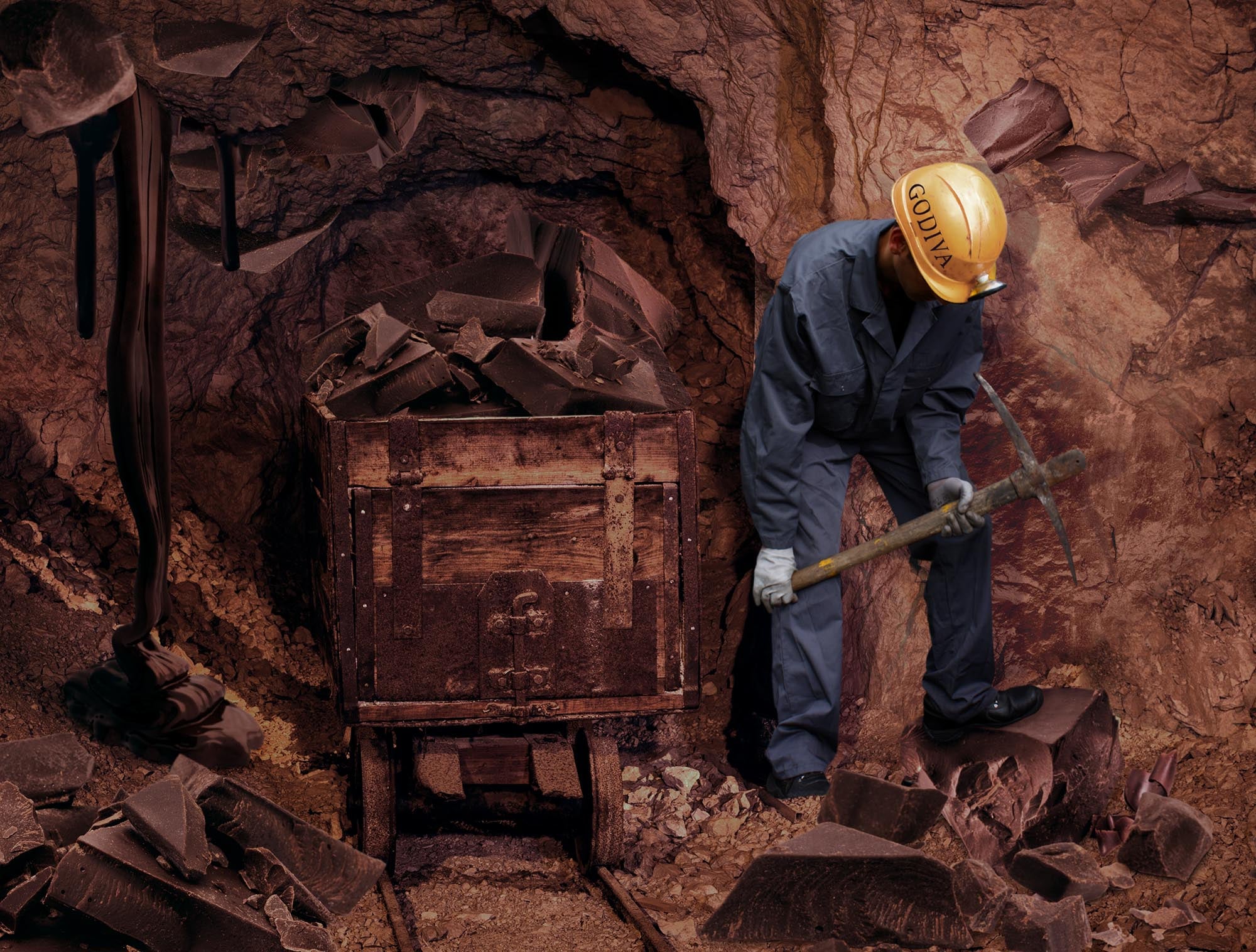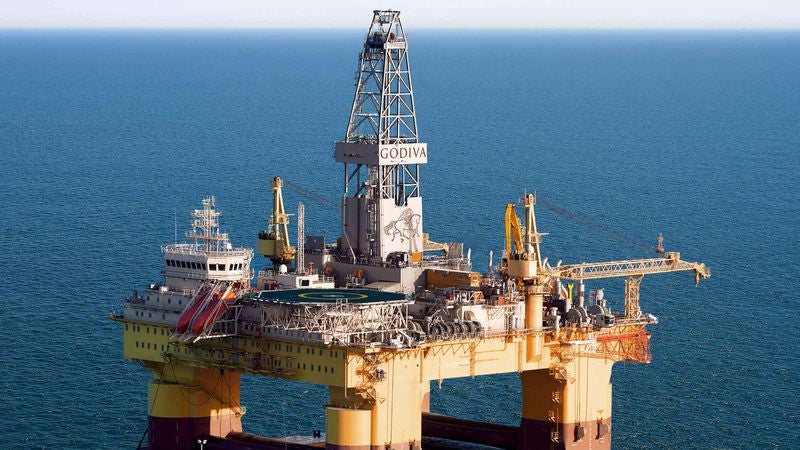BRUSSELS—Hailing the effort as their most promising confectionary-extraction project to date, Godiva executives held a press conference Wednesday to announce that one of their deep-sea rigs had successfully tapped the world’s largest known offshore ganache deposit.
According to the multinational chocolatier, its fixed platform rig Dark Decadence 7 has begun pumping ganache from deep below the ocean, having bored through the earth’s graham-cracker crust to access a 16-mile-wide undersea reservoir of the chocolaty glaze located off the coast of Belgium.
“Sonar analysis confirms this previously untapped reserve contains approximately 800 billion morsels in total recoverable ganache, which would make it far larger than any other deposit yet discovered and almost twice as large as the Cocoa Sands of Western Canada,” said Godiva CEO Mohamed Elsarky, dismissing investors’ worries that surpluses of the rich, creamy filling could create a glut that wreaks havoc upon the international market for delectable treats. “As global demand increases, building up ganache stockpiles is the only way to stabilize truffle prices, particularly as developing countries continue to grow and invest heavily in dessert.”

“Thanks to this new source, we believe the retail cost of cherry cordials could be kept as low as $5 per box throughout the holiday season,” Elsarky added. “This is encouraging news for the billions of sweet tooths worldwide who rely on this crucial substance every day.”
According to Godiva, the deposit contains a light, sweet ganache suitable for infusion into milk chocolate medallions and Aztec Spice truffles. Company officials confirmed that tanker trucks will transport the crude candy to an inland refinery, where it will be stripped of any lingering almond or hazelnut impurities that it may have acquired from being pumped upward through thousands of feet of compressed nougat and marzipan layers. It will then reportedly be processed to anywhere from 55 to 90 percent dark for a variety of industrial applications, ranging from cake drizzling to strawberry dipping.
The finished product will be shipped to North American markets aboard a fleet of chocolate supertankers that can hold up to 84 million bonbons’ worth of ganache, company officials said, and it will reach confectioners as far east as Moscow thanks to the recently reopened Trans-Eurasian Ganache Pipeline.
Champions of opening up offshore deposits to drilling have argued it reduces the dependence of Western nations on foreign ganache, much of which comes from countries that have dubious human rights records and are controlled by corrupt leaders whose ruthless regimes and lavish lifestyles are bankrolled by massive ganache wealth.
“With the tapping of this offshore ganache deposit, Godiva is also helping the industry move away from outdated practices such as fudge mining, which yields a much cruder, dirtier form of chocolate,” said Elsarky, who went on to cite well-documented worker safety hazards such as deadly fudge cave-ins and the slow-acting but often fatal cocoa lung. “Not only is deep-sea drilling safer than subterranean fudge mining and chocolate mountaintop removal, but it’s also more cost-effective, as it produces a consistently indulgent product with uniform cocoa butter crystals throughout.”
Godiva, which paid a reported $15 million for its lease on the North Sea chocolate shelf, was quick to downplay criticisms of offshore drilling, a technique that carries with it the risk of deadly ganache rig explosions, as well as catastrophic icing slicks that often leave local marine life coated in thick, velvety-smooth layers of chocolate sauce.
“There is always a very slight possibility that a ganache well will blow out, but we at Godiva have worked tirelessly to ensure our industry never experiences another Ghirardelli Bittersweet disaster,” spokesperson Marta Willis said in reference to the 2008 chocolate spill that killed 16 and dumped more than 10 million tablespoons of raw cacao into the San Francisco Bay over the course of 73 days. “Our updated safety protocols include triple-sealed valves that prevent all dark and semisweet glazes from flowing out of the rig’s borehole to the surface.”
“And in the absolute worst-case scenario of a leak, we have the ability to cap our well with an airtight seal of macadamia clusters and caramel,” she added.
At press time, more than 300 top scientists had signed a letter condemning Godiva and advocating for alternative sweets, such as small handfuls of fruit and an occasional dash of cinnamon.







